
Questionnaire design is perhaps the most important part of market research survey. It takes a great deal of time and attention to write good questions and organize them to form the questionnaire. Just think, there can be many ways to ask a single question, and how that question is placed in the survey may influence how people respond to the later questions.
That’s why, before you begin, you have to ask yourself two questions:
- What evidence do I need to achieve the objective of the research study?
- How will I use each piece of information I collect?
These are important to consider because it will tell you what type of question you should be asking your respondents. What kind of data you want to be able to present, whether it’s a set of narrative remarks or a multivariate data analysis.
Then, there’s the more pragmatic consideration of which question types can your survey software support. To this end, we’ve prepared a list of basic question types aka 'Available Pretty Much Everywhere', and advanced question types aka 'Professional Researchers Need These To Survive'.
Basic Question Types in Online Survey Tools
When conducting surveys online, you should be able to create any of the 6 question types on any survey platform like Google Forms or forSurvey. Each question type and corresponding response format has a purpose. So, choose wisely.
1. Single Answer
This allows the respondent to select one answer for the question. A few examples of single select questions are yes-no, select the best that applies, or preference scales. Common ways to display this question type is through radio button or a drop-down menu.
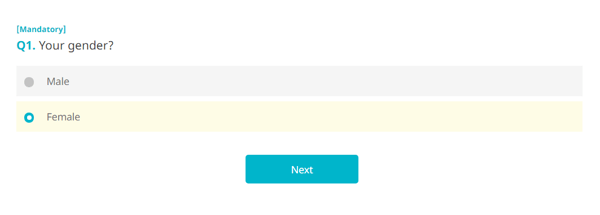
2. Multiple Answer
With this question type, a respondent is able to select multiple answers for a question. This is ideal for mutually exclusive response categories, where the concepts do not overlap, and should not be used to gather numeric data. These are usually displayed as check boxes.
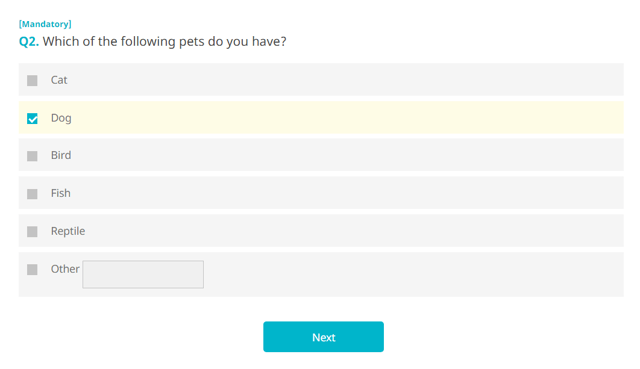
3. Matrix Question
These are a set of multiple questions presented on a grid. This type provides an effective way to condense your survey or to group similar items into one question. Variations of this question type include: Likert or Bipolar.
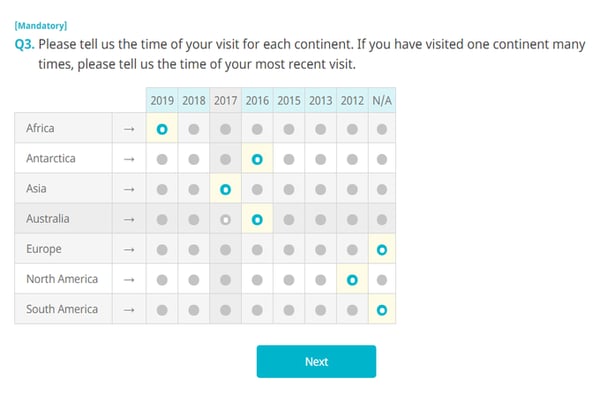
4. Open Ended Short / Long
This question type allows respondents to enter an alpha-numeric response in an open-ended answer field. A traditional text question will have a short answer field. But it can also be larger to have space for a longer answer.
It is good a way to discover relevant issues, to obtain a full range of responses and to explore the respondents’ in-depth views.
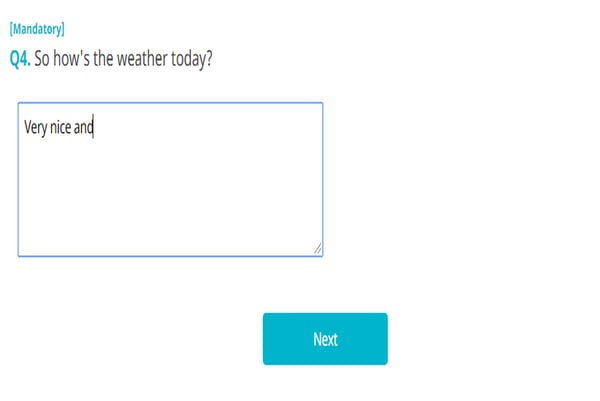
5. Number Type
This question type allows the respondent to enter a numeric value in an open-ended answer field. Dollar amounts, zip codes, telephone numbers, and the like are some of the kinds of data that can be collected.
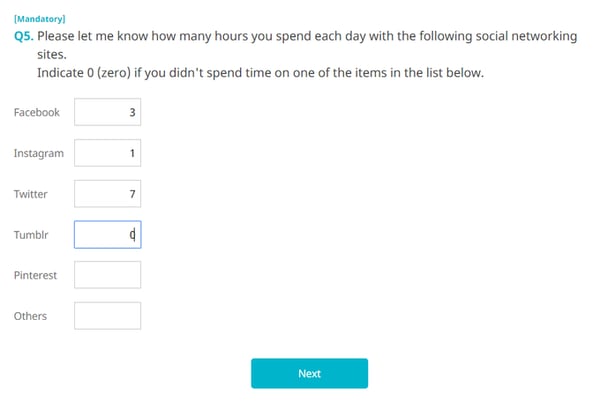
6. Semantic Differential
A semantic differential question is a rating scale which asks the respondent’s position on a scale between two bipolar stances. For example, Satisfied-Unsatisfied or Likely to return-Unlikely to return. It is the most reliable way to get information on people’s emotional attitude towards a topic of interest.
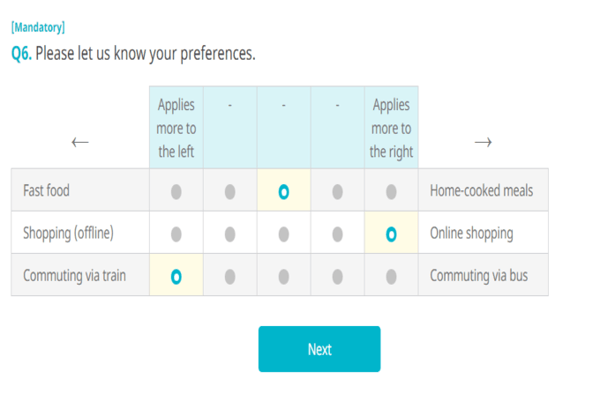
Stay tuned for our next post where we discuss the five advanced question types that every professional researcher should be able to do with his or her survey software.


 Download Panel Book
Download Panel Book


